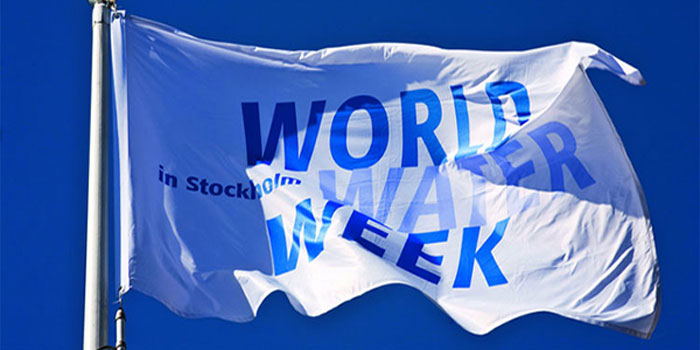Stockholm – Three young learners from little-known Taxila Secondary School in Limpopo have made their mark on the scientific community with their ground-breaking innovation that has earned them international recognition.
The learners were among a group of 62 pupils from 29 countries, who made it to the 2014 Stockholm Junior Water Prize. The award ceremony was held on Wednesday evening in Stockholm and it formed part of the 2014 World Water Week programme.
Running for 18 years, the annual competition gave learners from countries such as Australia, Mexico, Japan and France, an opportunity to showcase their inventions. Competition criteria required learners to create new solutions to the planet’s growing water challenges.
The finalists, including the South African trio of Dipuo Nthane, Tebogo Mamabolo and Nthabiseng Motona, were the champions of their national competition, and they have been selected among thousands of entries.
Grade 11 learners Motona and Nthane, and grade 10 learner Mamabolo built a model house with a purification system. They also won full bursaries to study any water-related courses at any institution of higher learning in the country.
Their Nano enabled RainMaker Humidification System (RHS) focuses on treatment of rain water harvested from the roof, which proves unsafe for human consumption. Nanotechnology has been used to remove microbial and chemical contamination from roof-harvested rain water.
Test results of the learners’ invention showed that the system can filter out physical, chemical and microbial contaminants to satisfactorily safe levels for human consumption.
The project has the capability to improve the quality of life in rural and urban setting not only in South Africa, but the world over.
Rewarding excellence
While the innovation didn’t scoop top hounours at Wednesday’s prize giving (with the prize going to Canada), Water and Sanitation Minister Nomvula Mokonyane told SAnews the learners had done the country proud.
“They have done extremely well. They are representing South Africa on the world stage and this is their moment,” said the Minister.
Matome Mabitsela, the learners’ educator agreed, saying the innovation put the learners’ on a good footing for their future.
Speaking on behalf of the learners, Dipuo said just being invited to Sweden was an experience of a lifetime for them.
“We are proud of ourselves and having come so far,” said Dipuo.
Dr Fredrik Moberg, the chair of the Stockholm Junior Water Prize Competition said selecting an ultimate winner was a trying task, as the learners were all excellent in their own right.
“It was difficult to choose because they are all winners in their countries,” said Moberg.
SA’s past performance
South Africa has done well in the competition. In 2003, Claire Reid won the competition with her “Water Wise Reel Gardening” invention.
Two years later, Pontso Moletsane, Motebele Moshodi and Sechaba Ramabenyane won the competition with their “Nocturnal Hydro Minimiser” invention.
About the competition
The competition is open to young people between the age of 15 and 20, who have done water-related projects at local, regional, national or global levels on topics of environmental, scientific, social and/or technological importance.
The competition aims to increase awareness, build interest and knowledge of water and the environment.
From this year, the board of the Stockholm International Water Institute (SIWI) has decided to increase the prize money to the winners. A new prize has also been introduced.
The international winner will from now on get US$15 000 and a prize sculpture. The winner’s school gets US$5 000 and the winner of the Diploma of Excellence (which went to Thailand this year) gets US$3 000.
Crown Princess Victoria of Sweden is the patron of the competition. – SAnews.gov.za

Leave a Reply